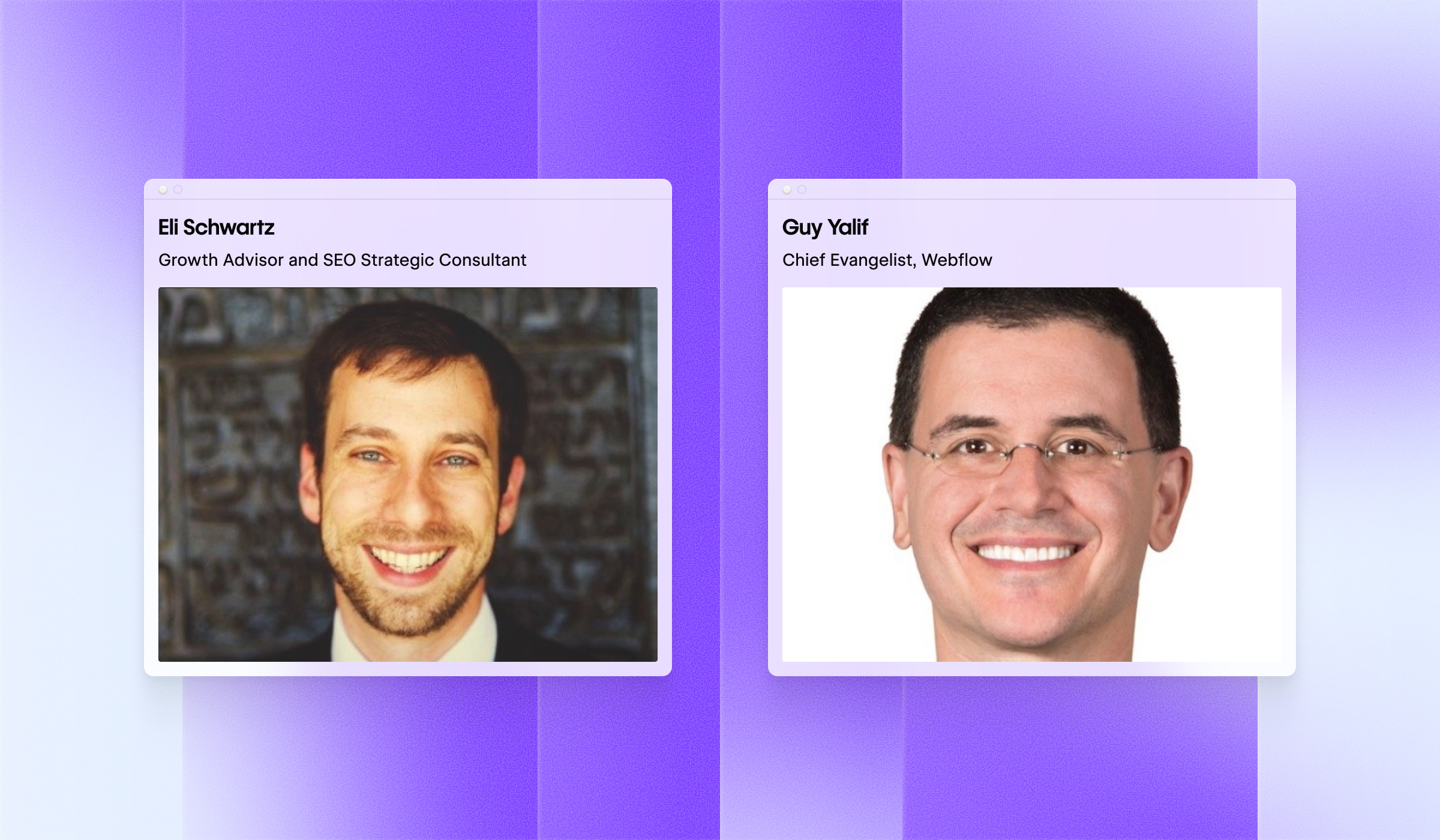A better site experience
Your guide to tackling website redesigns

Thank you for downloading!
The ebook opened in a new tab, and we sent a copy of it to your email.
About this ebook
Your website is your most valuable marketing asset and should evolve with the needs of your customers. That’s why, on average, companies redesign their websites every 3 years. But embarking on a website redesign can be daunting, resource intensive, and time boxed.
From rebranding to improving site performance, a website redesign should solve a core business problem. We’ll show you how to take a designer’s approach to your next website redesign — from collaboration and trust-building to finding the right tools.
In this ebook, you’ll learn:
- How redesigning your site can help you meet your business goals
- Best practices for auditing site performance
- How a major fintech brand tackled their dream redesign in only six weeks
- And more!
Schedule a demo
Build better websites — faster — with the power of Webflow. Backed by advanced security, custom traffic scaling, guaranteed uptime, and much more.
Build better websites — faster — with the power of Webflow. Backed by advanced security, custom traffic scaling, guaranteed uptime, and much more.
























